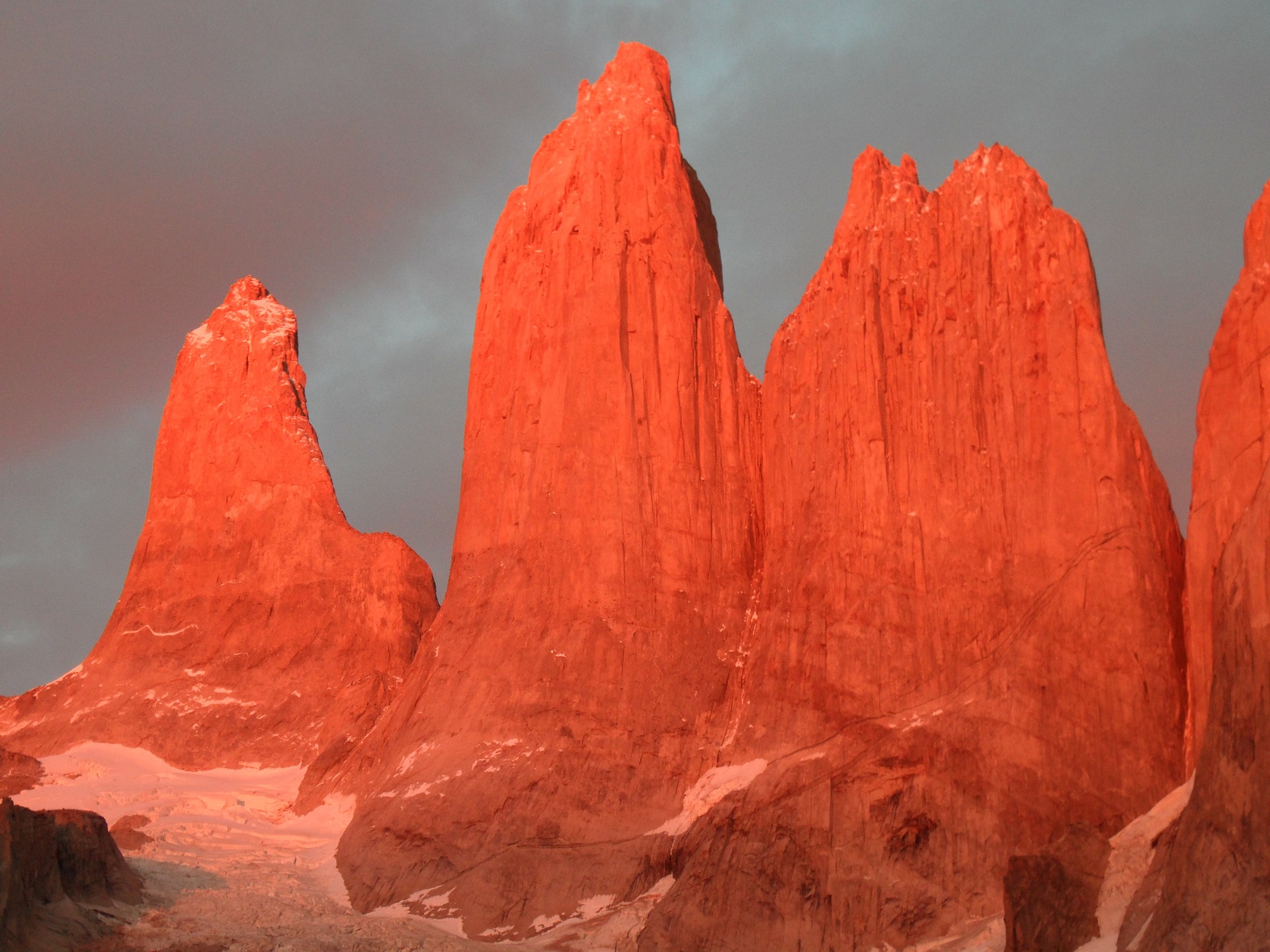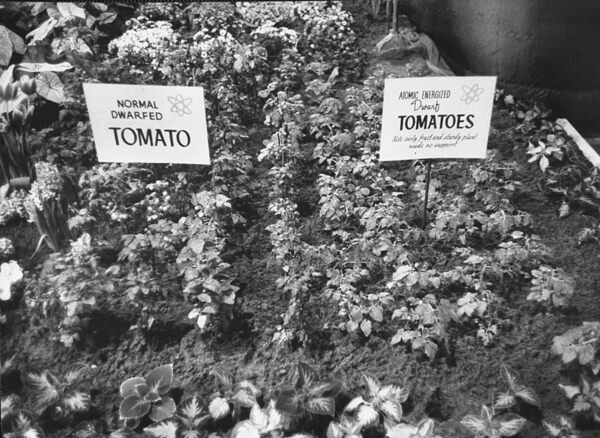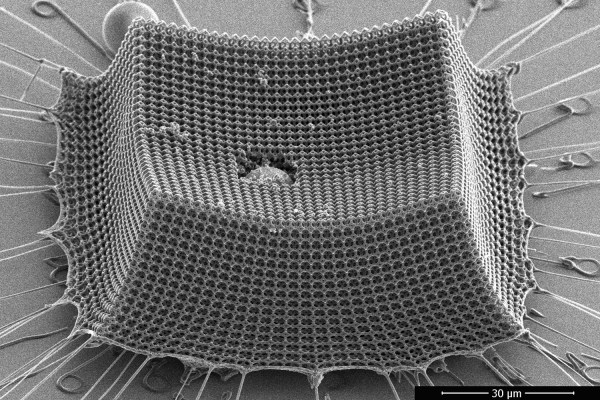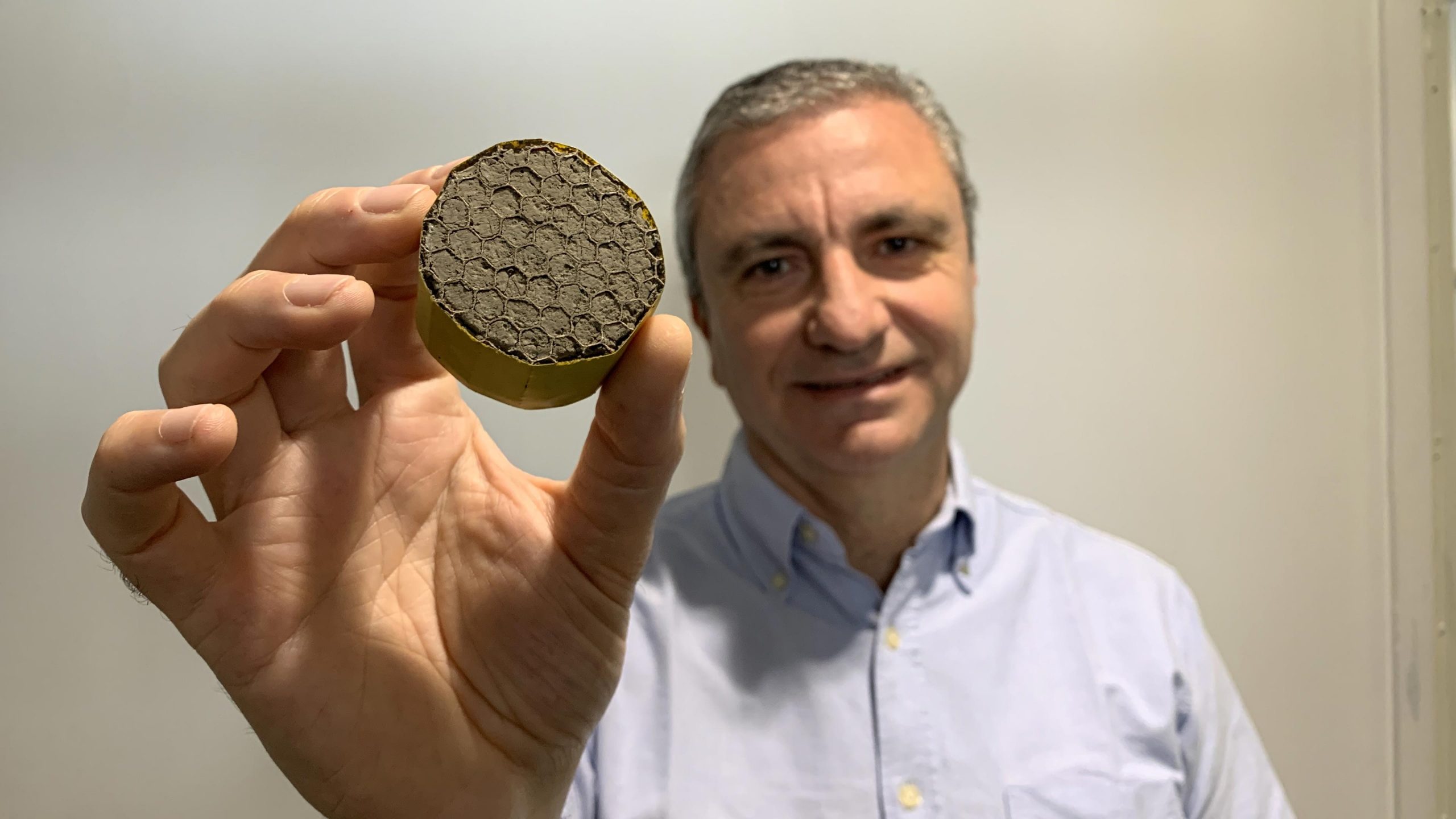
Naturally Occurring Radioactive Materials (NORM)
About 25 years ago, I was doing radiation surveys at a NASA research site, searching for radioactivity from past research activities. Sure enough, as I started walking towards the first building, the radiation readings began to rise, ending up about three times higher than normal when I was adjacent to the building. “Bingo!”
But as I surveyed around the structure, I noticed I was getting the same readings all over. And that was puzzling – radioactive contamination isn’t that uniform. Eventually, it dawned on me that I wasn’t seeing evidence of contamination or the presence of radioactive materials; those readings came from the building itself. More correctly, the clay making up the building’s bricks. Some types of clay have high potassium levels, and about one potassium in 10,000 is naturally radioactive (K-40); that’s what my meter was detecting. Anything with a lot of potassium – clay, bananas, salt substitute, any number of rocks and minerals will give off radiation.
It turns out that there are types of granite that contain elevated levels of potassium and a few dozen other radionuclides that come from the radioactive decay of uranium and thorium. I’ve also run into elevated levels of radioactivity in coal, black shale, at factories that process rare earth elements, and in the oil fields of North Dakota. On the other hand, when I was in Japan and Hawaii, the radiation dose rates were lower than what I normally see in, say, Ohio and New York.






















